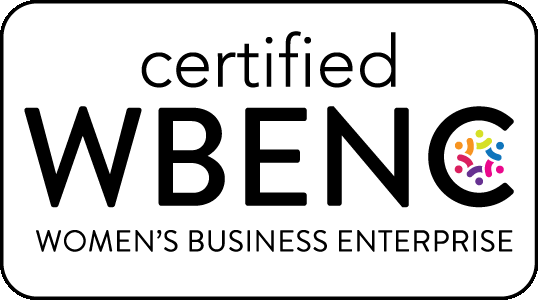We are heading into the most contentious election we’ve seen in recent times – yes, more than 2016, worse than 2020. Identity politics have had years to take root, positions have increasingly polarized, and political discourse too often devolves into personal attacks and insults. And while politics used to be taboo in the workplace, times have changed.
In fact, according to a recent study by Glassdoor, about three in five workers have discussed politics with colleagues in the last year. The risk isn’t just butting heads in the break room. Discord on teams makes it harder to collaborate and get things done. Productivity is impacted. And in extreme situations, employees and employers could be at risk of violating employment laws and provoking lawsuits.
It’s tempting to imagine an absolute moratorium on political talk at work would be effective. But for years we’ve been encouraging employees to “bring their whole selves to work,” and politics are part of that. Add to that Gen Z’s proclivity for political engagement and interest in aligning their work and personal lives, and, well, we’ve got an issue we need to tackle – not sidestep. Here are some ways to do that:
- Get out ahead of it. And that means now. The political heat will do nothing but rise between now and November 5. It’s time to get your HR, Communication, and Leadership teams together to talk through a strategy. Set and communicate clear expectations about professionalism, respect, and courtesy in the workplace. Share (or develop) appropriate policies around politics. Remember that it’s not just the limits of free speech that should be covered but also dress codes, social media policies, interactions with clients and more. Get leadership to deliver those messages. Equip HR and managers with talking points about maintaining a safe and healthy workplace. Support your HR team members who may need to have difficult conversations with employees.
- Fight disinformation. One way to bring people together is by identifying a common enemy. In recent times, disinformation (aka “fake news” or lies) has become public enemy #1 – on both sides. Consider equipping your employees with the skills to detect disinformation. The Institute for Public Relations, a nonprofit dedicated to the use of research and research-based knowledge in public relations and corporate communication practice, has developed a checklist and other resources for identifying disinformation. Communicators can use these resources create campaigns, hold webinars, and otherwise educate and empower employees – and to demonstrate that what the company cares about is fair elections, not party politics.
- Remind people of who they are. With so much emphasis on our differences, this is a moment to remind people of what brings us together, too. Spotlight company values and those who model them. Perhaps it’s time for a Volunteer Day at the office. Appeal to people’s better natures – their empathy, their interest in their communities, the big-picture goals of their work. Remind them of who they are. And at the same time, remind them of the character of the company – its values, its mission. What it stands for and what it stands against – bullying, hostile work environments, discrimination.
These are complicated times. Employees could use the stabilizing force of a safe and supportive workplace. If you can deliver on that promise, your approval ratings will go through the roof.


